Most of us experience feelings anxiety from time to time. For some, anxiety symptoms are present almost everyday and for no particular reason. According to the National Institute of Mental Health, approximately 31% of adults experience anxiety at some point in their lives. Sadly, that number is not surprising and it only represents cases that have been reported.
Anxiety is more associated with the Sympathetic Nervous System (SNS), the one responsible for preparing the body for physical and mental activity, increasing heart and breathing rates, and blood pressure. So, when it comes to natural remedies, we look for things that help stimulate the Parasympathetic Nervous System (PNS), the one responsible for slowing down the heart and breathing rates, relaxing the muscles, and calming the mind and body.
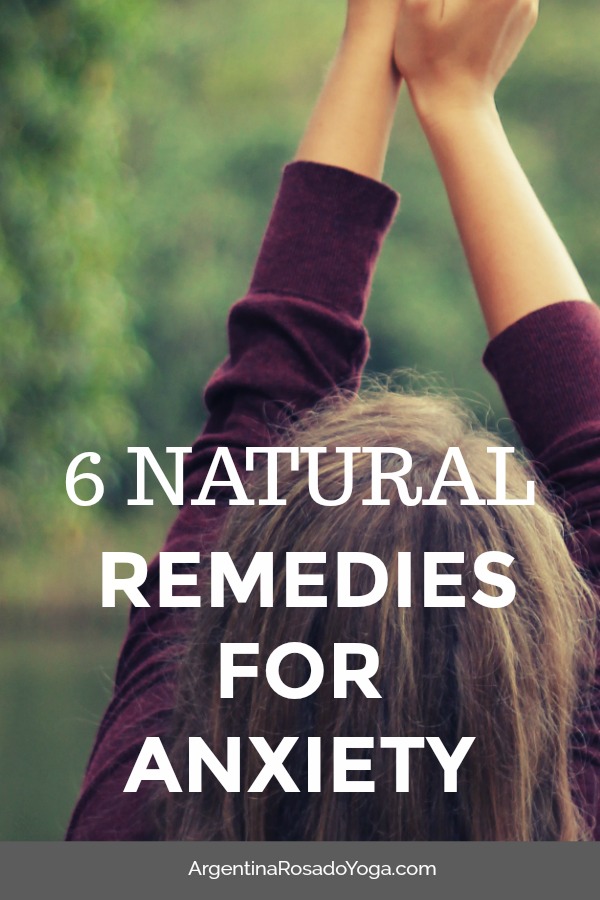
As a yoga teacher, and as someone who used to suffer from chronic anxiety, I have learned a few techniques to help ease the symptoms when I am feeling anxious. If you are suffering from chronic anxiety, these can be incorporated into a regular self-care routine and as a compliment to other forms of treatments.
Please read…
It’s important to understand that these self-care practices should not be used to replace current medication without first consulting a medical doctor. If you’ve already discontinued your medication (assuming you’ve already discussed with your doctor), you can use these remedies to help cope with withdrawals symptoms and in combination with other treatments.
Another thing to note is that these practices are not meant to be quick fixes. Yes, they may provide you with instant relief, but they are actually more effective when used as part of an everyday self-care routine. Remember that healing is a process and it takes time. However, you must show up and do the work every single day. Consistency is key.
1. Krama Pranayama (3-part breathing):
One of the most common symptoms of anxiety is rapid breathing or shortness of breath. In Krama pranayama, we focus on long inhalations and exhalations that move sequentially through the body. When we add pauses to the inhales and exhales, we lengthen the breath and increase breath capacity. This causes the practitioner’s mind and body to become steady and calm. There are 3 ways to practice Krama breathing and each has a different effect.
- Take three pauses on the exhale – This form of breathing is more pacifying and calming and best practiced before sleep and for easing anxiety. Here’s how-to:
- Begin by taking a full deep breath (full inhale and full exhale), then take a long inhale, hold it at the top as long as it is comfortable, then exhale one third of the way (pause), another third (pause), for the last third, empty out the breath completely, and pause at the bottom of the breath. Notice that sweet moment after the exhale when everything is blissful and perfect. Follow with a full deep breath (recovery breath), then begin another round of Krama breath. Complete 5-10 rounds.
- Take three pauses on the inhale – This form of breathing is more activating and uplifting and suitable in the morning or before rigorous yoga practices and exercise routines. It can also be used to ease symptoms of depression.
- Take three pauses on both the inhales, and the exhales – This form of breathing expands the breath even more and creates a sense of balance. It’s a great preparation for meditation, before bed, and for calming down.
2. Aromatherapy
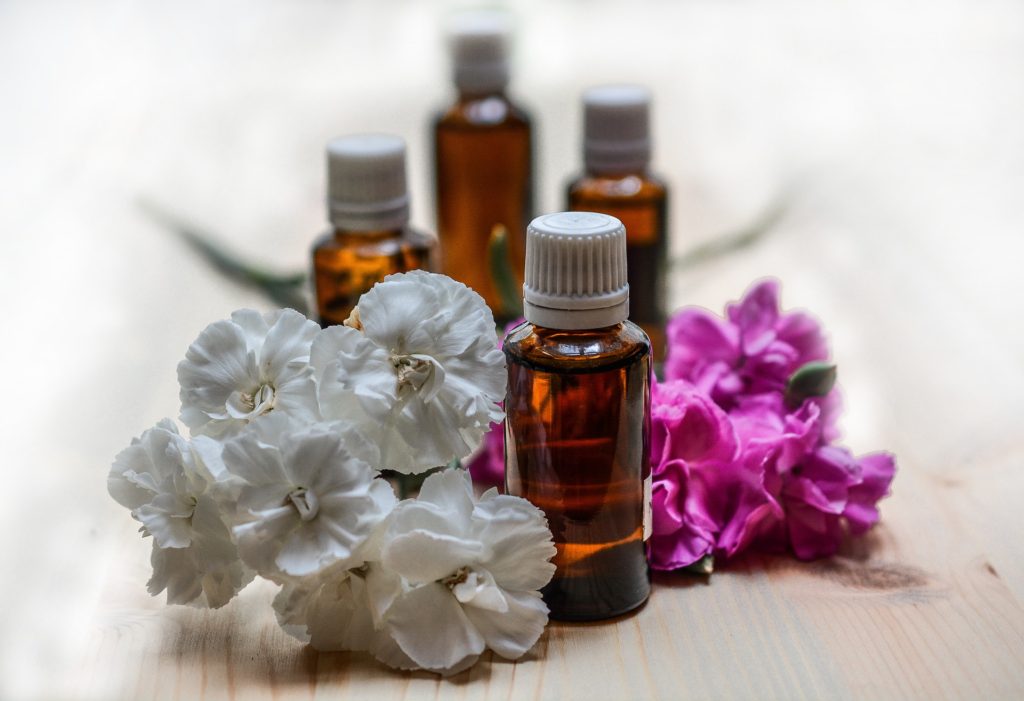
There are scientific studies that show the effects of aromatherapy on anxiety, depression, sleep disorders, and other mental health conditions. For instance, the National Center for Biotechnology information (NCBI) reported about a study that investigated the effects of aromatherapy on mental health patients which found a significant reduction in the symptoms of these conditions compared to the control group.
There have been studies on the use of Lavender oil alone, that suggest Lavender oil to be an effective treatment in several neurological disorders. You can use essential oils topically (applying to certain areas of the body), or aromatically (using a diffuser) around your home, office, or practice studio.
Here are the best essential oils to ease anxiety:
3. Restorative Yoga
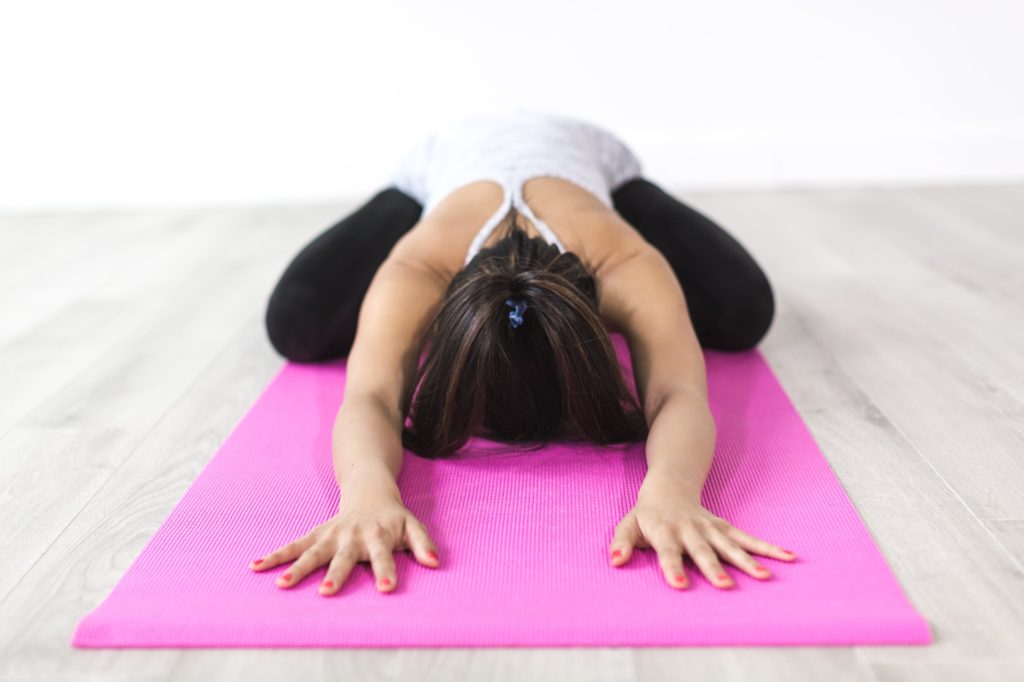
Restorative yoga is known for its sweet calming and grounding effects. In restorative yoga practices, we use a variety of props (blankets, bolsters, blocks, straps) to hold poses for an extended period of time. Long-held poses encourage the body and mind to move into stillness in order to induce a sense of grounding, calm, and deep relaxation.
If you’re suffering from acute or chronic anxiety, you can incorporate restorative yoga into your yoga or self-care routine by practicing at least once a week. Here are my favorite restorative poses to ease anxiety:
- Shavasana
- Legs-up-the-wall
- Child’s Pose
- Restorative Forward Bend
- Reclined butterfly Pose (Supta Baddha Konasana)
Check out these restorative yoga sequences:
4. Ayurvedic Golden Milk
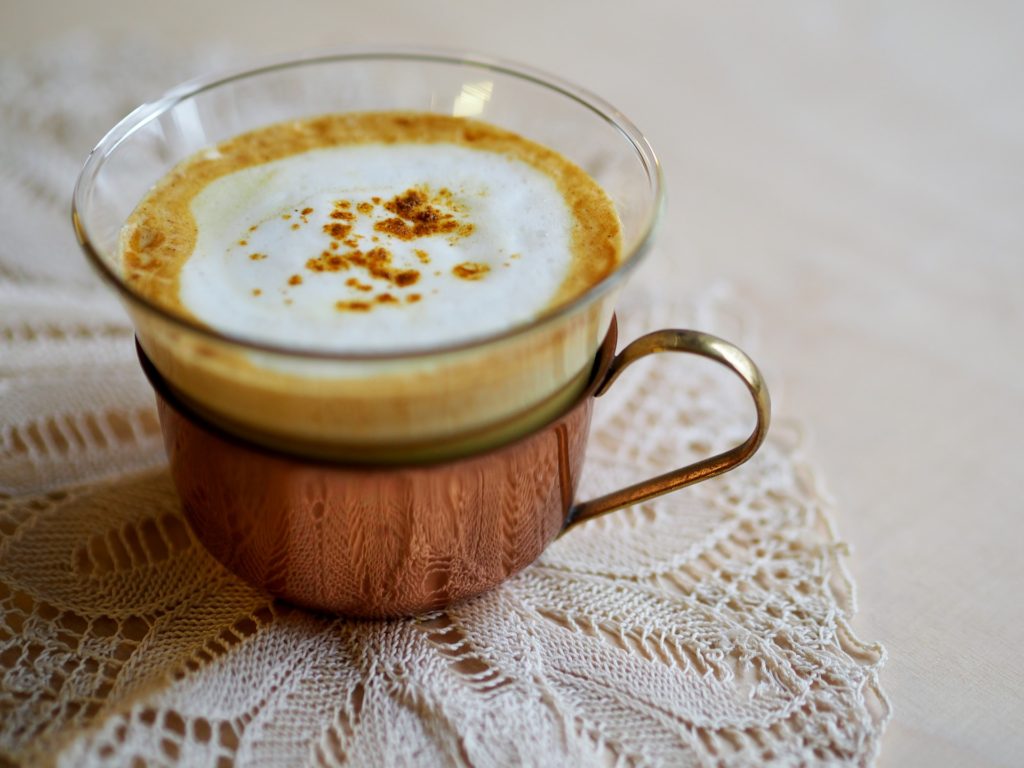
Almond milk combined with a few indian spices (a.k.a. Golden Milk) is a great way to calm and soothe before bed.
How-to:
Heat-up 1-2 cups of almond milk on the stove (not the microwave). Add a small piece of ginger, and about ⅛ teaspoon of turmeric, nutmeg, and cardamom or cinnamon. Sweeten with honey or your favorite sweetener. Sweet dreams!
5. Yoga Nidra
Yoga Nidra is a guided meditation that you practice while lying down in Shavasana (Corpse pose). The practice includes sense withdrawal practices (pratyahara), conscious breathing, body scanning, and imagery to induce a deep state of relaxation. Yoga Nidra is often referred to as “conscious sleep” or “yogic sleep” because we intentionally put the body into deep sleep while the mind remains awake and conscious.
Yoga Nidra is also known as a hypnagogic state of being that allows us to access the unconscious and subconscious mind. Because of this, it is a wonderful way to treat conditions of anxiety, depression, past traumas, chronic stress, and more.
6. Abhyanga (Ayurvedic Self-Massage)
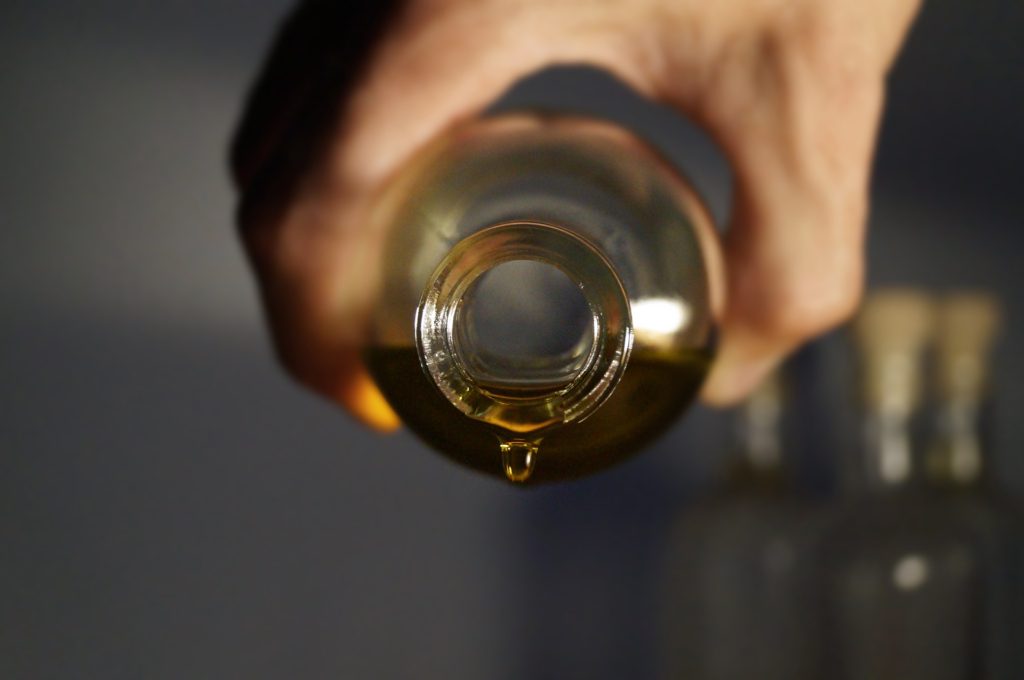
Abhyanga is a form of ayurvedic medicine that involves massaging the entire body with a warm oil. The result is a mind-blowing feeling of centeredness and deep relaxation. It’s so simple, yet so powerful and the benefits are endless. In addition to its calming effects, Abhyanga helps with circulation, detoxification, skin conditions, and many more.
How-to:
Pour ¼ cup of sesame oil in a heatproof bowl. Fill a medium saucepan with a couple of inches of water and bring to a simmer over medium heat. Place the bowl with the sesame oil to warm-up. The oil should be warm, but not super hot. Massage the oil starting at the head and working your way down towards the feet. Leave it on for 10-20 minutes, but no longer than 30 minutes. Finish by removing the oil with a warm shower or bath.
FREE Yoga Nidra for Anxiety
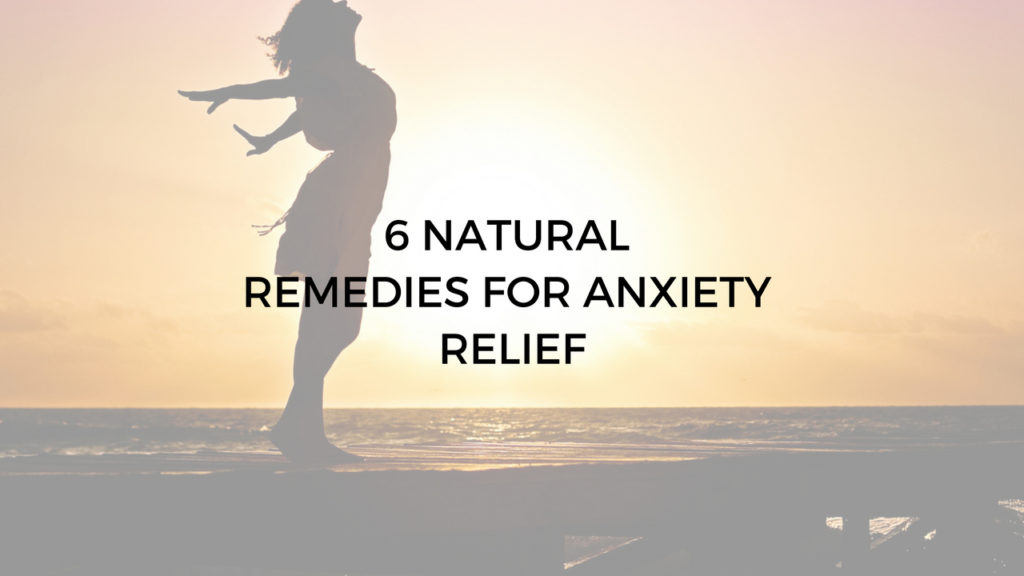
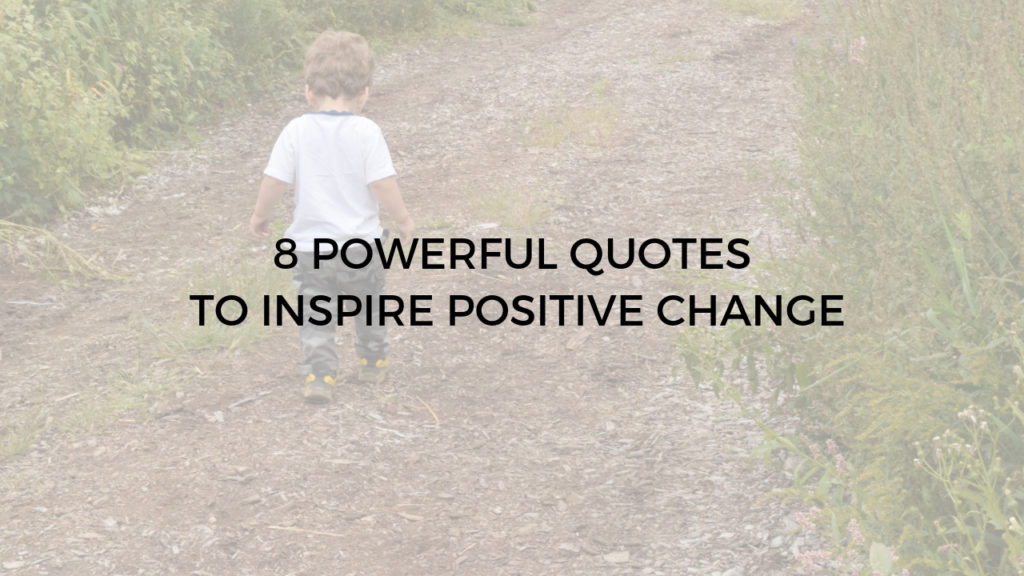
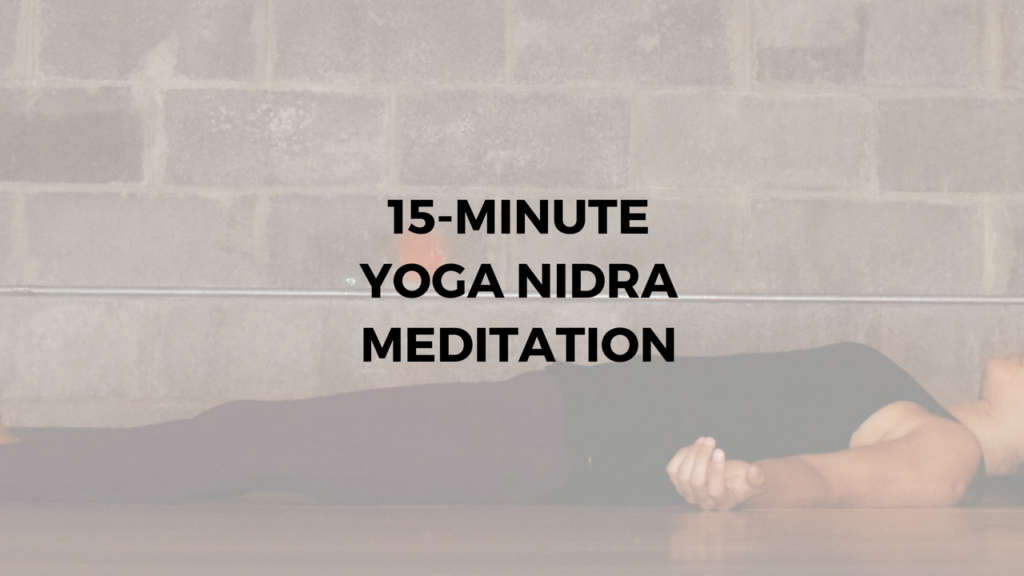
This is great advice! I will definitely be trying these in the evenings to see if it helps me. Thank you!
These are great suggestions! Meditation and essential oils (especially lavender and frankincense) are my go to anxiety remedies.
This post is just what I need right now. Thanks for the advice, I already started with the breathing exercises!
Awesome! I hope it helps 🙂
I feel like this is a huge life savor. I’ve practiced some of these things, but some of them I have never heard of and I seriously can’t wait to try! Thank you SO much. You’re awesome!
You’re very welcome, and thanks so much for reading!